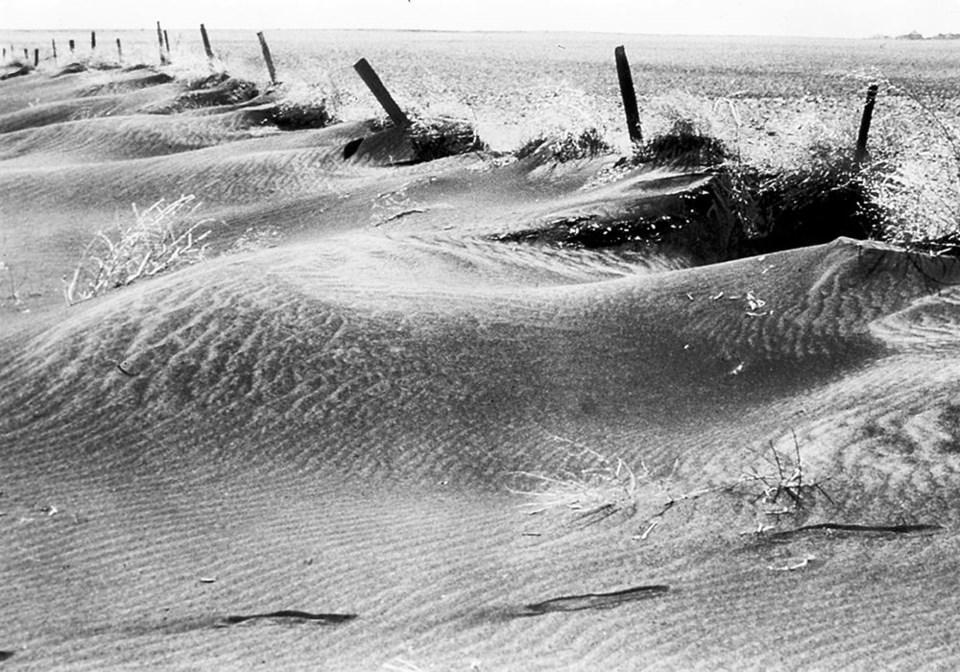WESTERN PRODUCER — As The Western Producer launches features to acknowledge 100 years of serving western Canadian farmers, it seems an appropriate time to look at some agricultural milestones. The following is not a full list, by any means, and leans heavily on items from the Producer’s own evolution, but we thought readers might enjoy reflecting on a few past events. More such lists will appear in coming editions, and we welcome reader contributions of items for those lists. If you are so inclined, send them to [email protected].
Aug. 27, 1923: The Progressive begins publication.
Oct. 29, 1923: Alberta Wheat Pool begins operations.
1924: Wheat is $1.66 per bushel. Adjusted for inflation, that’s equivalent to $29.82 today.
June 26, 1924: Saskatchewan Wheat Pool begins operations.
Sept. 18, 1924: First issue of The Western Producer is published, reflecting name change from The Progressive.
1925: Seventeen combines are in use in the three western provinces.
May 21, 1927: Charles Lindbergh flies nonstop from New York City to Paris.
June 11, 1931: Saskatchewan Wheat Pool takes ownership of The Western Producer.
1931: Cultivated acres in Saskatchewan reach 56 million, with 136,472 farms.
1934: WP women’s editor Violet McNaughton receives Order of the British Empire from King George V.
February 1936: First calf produced in Canada using artificial insemination is born at the Central Experimental Farm in Ottawa.
1937: Massey Harris perfects the first commercially viable combine.
Sept. 1, 1939: Second World War declared.
1940s: Tractors generally replace horses and mules for farm use in Canada.
1941: Canada has 732,832 farms, with average farm size of 237 acres.
January 1942: Western farmers march on Ottawa, seeking measures to improve farm income and the price of wheat.
1942-43: Rapeseed widely grown in parts of Canada to produce oil for the war effort.
1950s: Baldur Stefansson and Keith Downey develop canola.
1952: An outbreak of foot-and-mouth disease strikes Saskatchewan.
1961: A serious drought reduces prairie wheat crops to less than 10 bushels per acre.
1962: Medicare established in Saskatchewan.
1963: Alvin Hamilton is agriculture minister in the John Diefenbaker government.
April 1967: Storms drop almost six feet of snow on southern Alberta, killing an estimated 30,000 cattle when they can’t reach feed.
1973: First experiments with zero-tillage undertaken in Western Canada.
Aug. 23, 1973: The Western Producer publishes first instalment of Jake and the Kid, by W.O. Mitchell.
1975: New Holland introduces the first twin-rotor combine.
1976: Roundup herbicide first approved for use in Canada.
1995: First genetically modified crops commercialized in Canada.
May 1997: Manitoba experiences severe flooding of Red River.
2002: The Western Producer sold to GVIC Communications.
May 2003: BSE found in Canada.
2007: Saskatchewan Wheat Pool merges with Agricore United to become Viterra.
Aug. 1, 2012: Canadian Wheat Board single desk authority ended by the federal government.
2013: Viterra is acquired by Glencore International.
June 2013: Southern Alberta experiences major flooding.
January 2014: First case of porcine epidemic diarrhea confirmed in Canada.
August 2022: Western Canadian farmers harvest bumper crops in many areas.
2023: Lawrence MacAulay is minister of agriculture in the Justin Trudeau government.
You can no longer count on social media to deliver important news to you. Keep your news a touch away by bookmarking SASKTODAY.ca's homepage at this link.
Here's why you should bookmark your favourites.
Subscribe to SASKTODAY.ca newsletter to get our daily news to your inbox.



